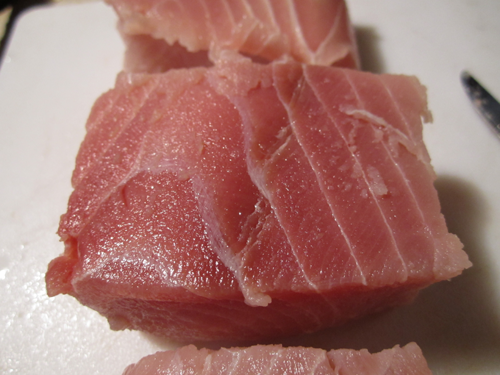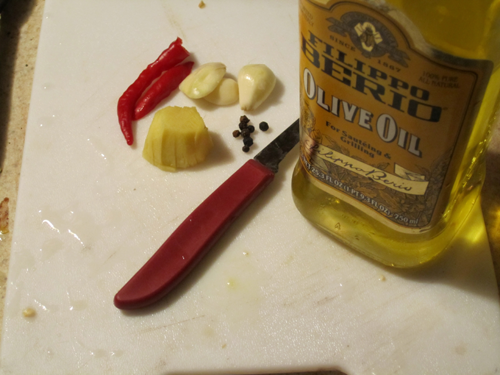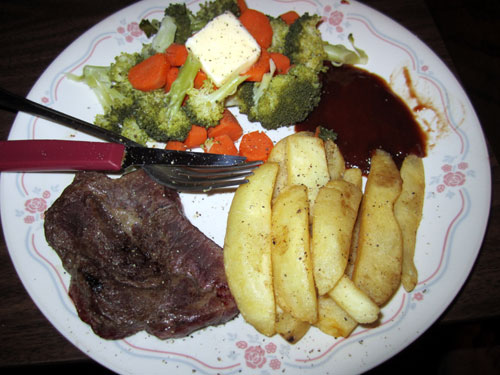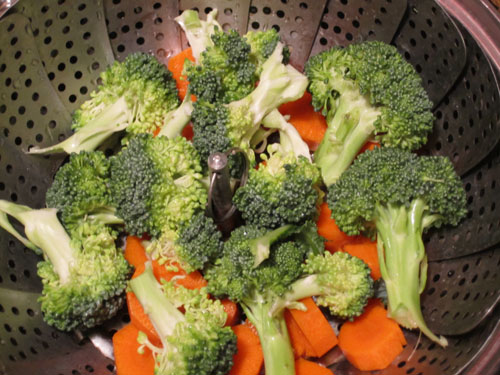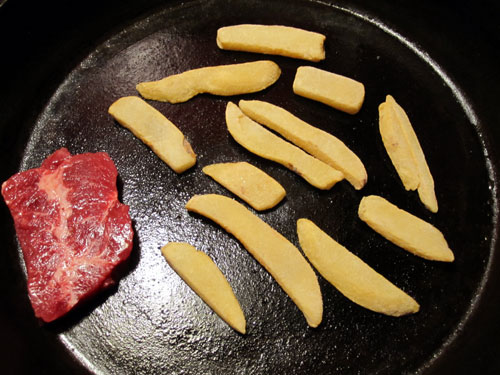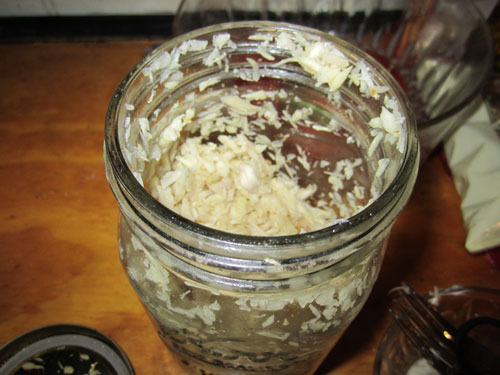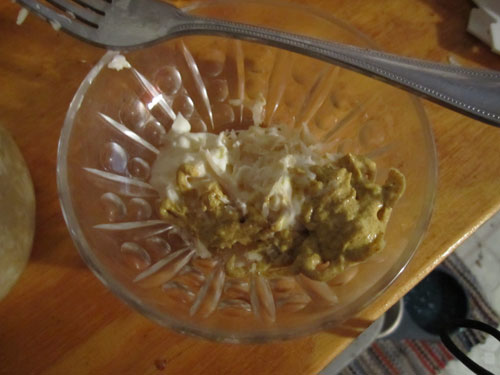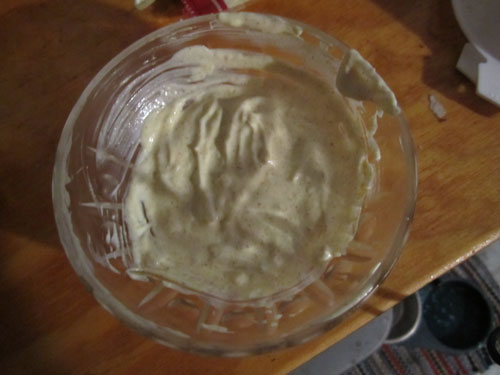Wal-mart is making headlines today with a big press blitz claiming they’ll deliver healthier foods at a lower price. Call me skeptical, but that seems to be the opposite of what is actually happening in their stores.
A few years ago, they got proactive about checking for gluten in their generic brand products. However, in the last few months they’ve simply slapped the “maybe it does or doesn’t have allergens” label on just about everything they make. Instead of keeping strict records of what goes in to their food, they’d rather be covered from a legal sense.
The next big disappointment was in the beef section. I eat a lot of cow, so I noticed right away when the USDA Select steaks were replaced by “SteakHouse Brand” shreds. These things weren’t much to start with, and they’ve been butchered in the worst way. Unfortunately, they’re still just as expensive as the USDA Choice steaks you can get cut properly from most of your other local grocers. A New York Strip that looked like cube steak was selling at $8 per pound, so anyone who thinks they’re getting a good deal on such an inferior piece of beef is really being taken for a ride.
Another possibility is that Wal-mart will cut the size of their products and the recommended serving. For corporate profits, this is the best way to make food “cheaper and healthier” in an inflationary environment. Sound too bold to actually be pulled off? The White House and a few of the corporate giants have recently been congratulating themselves about this very thing.
Mrs. Obama has won pledges from companies including General Mills Inc., Kraft Foods Inc. and PepsiCo Inc. to reduce calories by changing recipes or cutting portion sizes.
Still, Wal-mart should at least be commended for a few of their efforts. They’ve done very well recently in working with local farmers, and this means fresh & seasonal veggies as close as the nearest Wally World. The selection and price for produce is as good as any grocery, but you may want to double check your selection because it seems like their quality control might not be as strict.
And they’ve even taken on what could be an impossible task: making processed and pre-packaged foods healthier. While we don’t know what goes on behind closed doors, Wal-mart claims they’re trying to use their purchasing volume leverage to reduce the salt and trans-fats in prepackaged foods. Obviously, Americans need to eat less salt and hydrogenated fat, but can preserved grub really be made healthy while retaining enough “taste” to sell?
